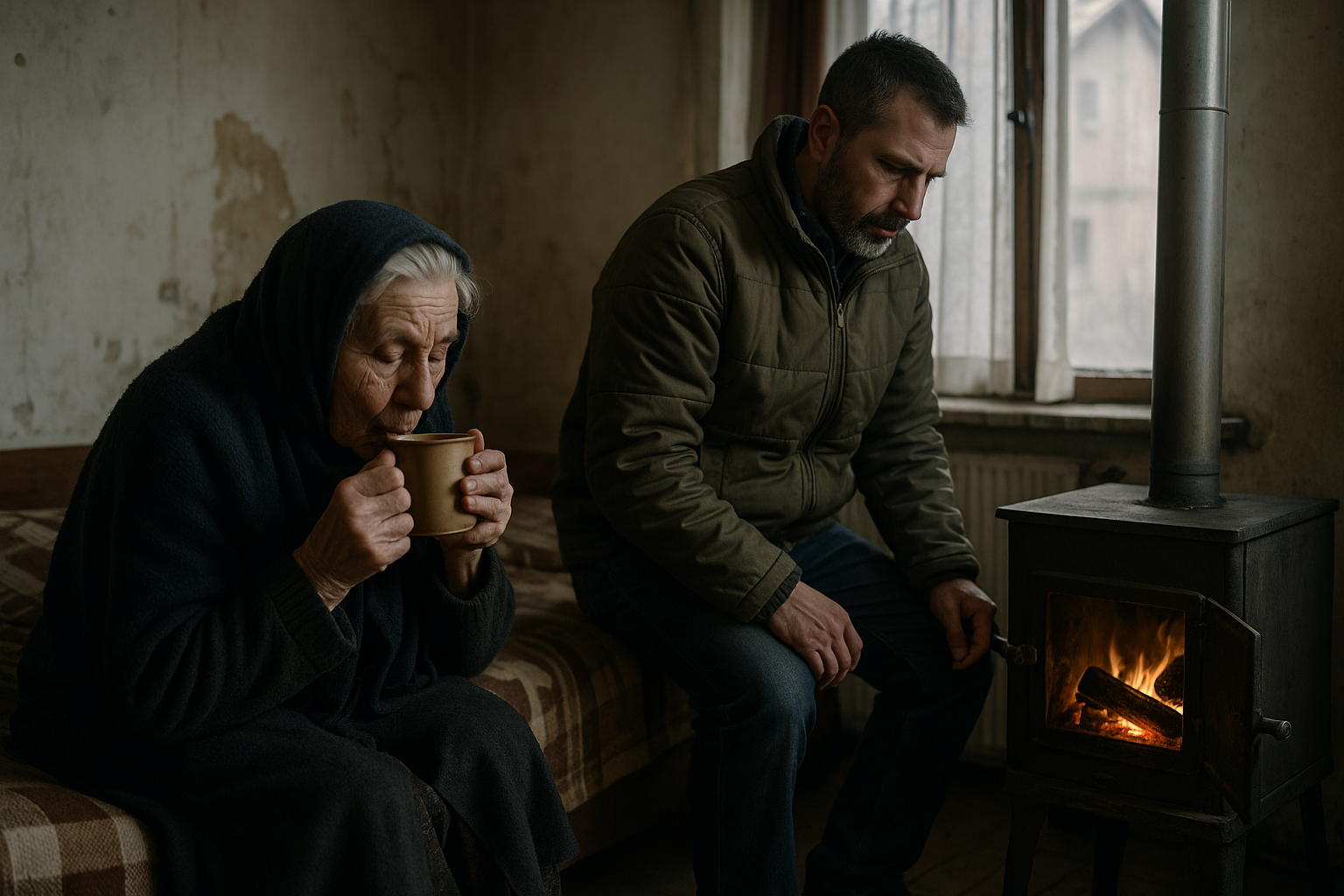EU faces dual crisis of energy poverty and poor health in the East
The study links energy poverty directly to health and well-being outcomes, underscoring how inadequate heating or cooling, air pollution, and financial stress compound public health risks. Indicators from the World Health Organization and Eurostat reveal that countries with high energy poverty also experience lower life satisfaction, higher incidence of chronic illness, and reduced access to preventive healthcare.

A new spatial analysis of the European Union reveals stark territorial disparities between energy poverty and citizens' health and well-being, exposing a widening gap between Eastern and Western Europe.
The research, titled "Territorial Variation of Energy Poverty and Good Health and Well-Being in European Union Countries: A Spatial Analysis," published in Energies, compares two distinct analytical approaches, QGIS-based mapping and self-organizing maps (SOM), to visualize how economic, social, and technological inequalities shape energy access and public health outcomes across the EU.
Energy poverty: Persistent in the East and South
The study shows that despite European energy transition goals, energy poverty remains deeply entrenched in Southern and Eastern Europe, where households continue to struggle with high energy costs and limited efficiency improvements. Nations such as Bulgaria, Romania, and Greece face the most severe energy challenges, marked by a combination of older housing stock, low income levels, and dependency on carbon-intensive sources. By contrast, Northern and Western European countries, including Denmark, Sweden, and the Netherlands, maintain stronger resilience through efficient infrastructure, renewable integration, and advanced policy support.
Using Eurostat and EU-SILC data for 2019 and 2023, the authors mapped how these disparities evolved before and after the COVID-19 pandemic. Their QGIS-based results indicate that while overall energy poverty rates decreased slightly across the EU, the spatial inequality widened, as wealthier regions recovered faster. Countries with strong social protection systems and diversified energy portfolios were better positioned to mitigate price shocks and maintain household stability.
The researchers highlight that Spain and Italy saw notable declines in energy affordability, while Bulgaria and Sweden registered improvements through targeted public subsidies and renewable adoption. However, intermittent progress and policy inconsistencies continue to hinder long-term energy equity in Central and Eastern Europe. The team warns that without structural reforms, these regions risk being left behind in the EU's energy transition framework.
Health and well-being: The human cost of energy inequality
The study links energy poverty directly to health and well-being outcomes, underscoring how inadequate heating or cooling, air pollution, and financial stress compound public health risks. Indicators from the World Health Organization and Eurostat reveal that countries with high energy poverty also experience lower life satisfaction, higher incidence of chronic illness, and reduced access to preventive healthcare.
According to the SOM clustering analysis, Northern and Western Europe consistently rank in the highest well-being categories, reflecting strong healthcare systems, healthier lifestyles, and stable housing conditions. Meanwhile, Central and Eastern Europe lag behind, trapped in what the authors describe as a "vicious circle" of low income, poor housing quality, and limited energy access.
The findings also point to a subtle but important distinction between the two mapping methods. While QGIS identifies clear geographic zones of deprivation, SOM captures hidden interrelations, for example, Poland and Slovenia exhibit mixed profiles, showing moderate energy vulnerability but relatively stable health indicators. Conversely, Estonia and Italy show regression in both dimensions between 2019 and 2023, signaling that health gains can quickly erode when energy costs rise faster than wages.
The authors argue that these cross-country differences reveal the human face of the energy crisis, stressing that sustainable development cannot be achieved through infrastructure investment alone. Energy policies must consider psychological and social dimensions, including the stress associated with fuel insecurity and its spillover effects on family well-being and community cohesion.
Dual mapping reveals complementary insights for policy design
The study leverages a dual-method approach, combining classical geographic information systems (GIS) with self-organizing maps - a type of artificial neural network used for pattern recognition. By applying both techniques, the researchers demonstrate that each provides complementary insights: QGIS excels at visual clarity and spatial distribution, while SOM captures nonlinear relationships and multidimensional dependencies among indicators.
This methodological integration reveals that some countries traditionally viewed as similar in socioeconomic structure, such as Hungary and Croatia, differ sharply when analyzed through SOM, which detects underlying variations in energy affordability and health resilience. The authors argue that using both methods together offers a more nuanced and data-rich framework for policymaking, helping governments design targeted interventions rather than one-size-fits-all strategies.
From a policy standpoint, the study reinforces the need for cohesive EU-level coordination in tackling energy poverty and promoting equitable well-being. The researchers suggest that regional clustering analysis can serve as a diagnostic tool for allocating recovery funds, assessing the impact of energy efficiency programs, and prioritizing investments in healthcare and housing upgrades. By linking energy and health data, the framework helps identify which interventions deliver the greatest social return per euro spent.
The authors further recommend that energy transition policies must integrate social resilience metrics, including access to clean heating, income support, and education, alongside technical goals like emission reduction or grid modernization. They caution that the pursuit of green energy targets without parallel attention to affordability could deepen existing inequalities and fuel public distrust in sustainability initiatives.
- FIRST PUBLISHED IN:
- Devdiscourse





